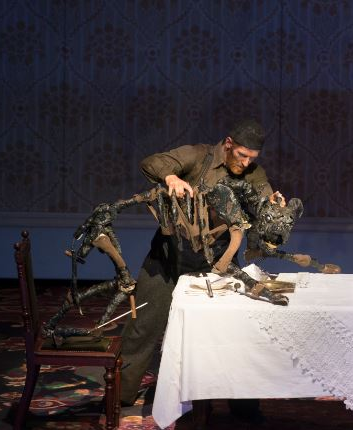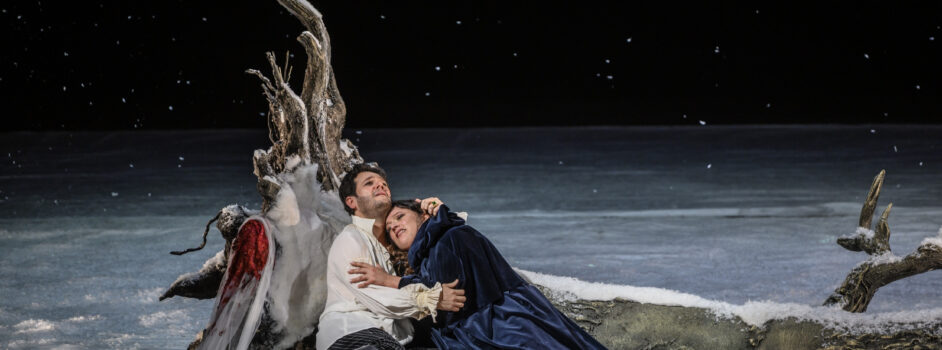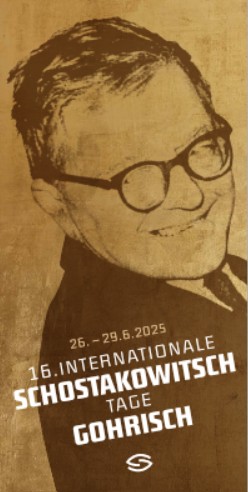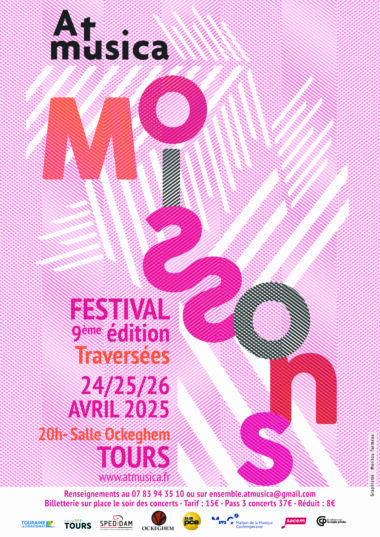Plus de détails
Lyon. Opéra de Lyon. 29-I-2014. Alexander Raskatov (né en 1953) : Cœur de chien, opéra en deux actes et un épilogue sur un livret de Cesare Mazzonis, d’après Mikhaïl Boulgakov. Création française. Mise en scène : Simon McBurney. Décors : Michael Levine. Costumes : Christina Cunningham. Lumières : Paul Anderson. Vidéo : Vidéo : Finn Ross. Marionnettes : Blind Summit Theatre, Mark Down, Nick Barnes. Chorégraphie/Mouvements : Toby Sedgwick. Avec : Sergei Leiferkus, professeur Filipp Filippovitch Preobrajenski,; Ville Rusanen, assistant Ivan Arnoldovitch Bormenthal ; Peter Hoare, Charikov ; Elena Vassilieva, « voix déplaisante » du chien Charik / cuisinière Daria Petrovna ; Andrew Watts, « voix plaisante » du chien Charik / Deuxième prolétaire (Viazemskaya) ; Nancy Allen Lundy, servante Zina ; Robert Wörle, Un Provocateur / Un patient ; Annett Andriesen, une patiente ;Sophie Desmars, une secrétaire, fiancée de Charikov / Premier prolétaire ; Vasily Efimov, Troisième prolétaire (Schwonder) ; Piotr Micinski, Quatrième prolétaire / Un détective ; Gennady Bezzubenkov, un Chef haut placé / portier Fiodor / Un Vendeur de journaux. Ensemble vocal “Il Canto di Orfeo“, chef de chœur Gianluca Capuano. Orchestre de l’Opéra de Lyon, direction : Martyn Brabbins.
 In the interview he gave to ResMusica about his opera A Dog's Heart, Alexander Raskatov insisted on two things: its (pessimistic) message about our civilization's evolution, and its refusal—unusual in France—of working on musical language as an end in itself. The choice of a fantastic, satirical short story by Mikhail Bulgakov and of the atmosphere of 1920s USSR immediately relates Cœur de chien to Shostakovich's The Nose, but this is only a superficial similarity. Beyond their common goofiness, The Nose is the work of a young man, looking toward what appears to be a bright future; Cœur de chien comes from the dusk.
In the interview he gave to ResMusica about his opera A Dog's Heart, Alexander Raskatov insisted on two things: its (pessimistic) message about our civilization's evolution, and its refusal—unusual in France—of working on musical language as an end in itself. The choice of a fantastic, satirical short story by Mikhail Bulgakov and of the atmosphere of 1920s USSR immediately relates Cœur de chien to Shostakovich's The Nose, but this is only a superficial similarity. Beyond their common goofiness, The Nose is the work of a young man, looking toward what appears to be a bright future; Cœur de chien comes from the dusk.
Cœur de chien is the story of a scraggy dog, Sharik, that is saved by a man on a snowy winter evening. This man turns out to be a world-famous scientist working on rejuvenation. The scientist, having in him something of both H. G. Wells's Doctor Moreau (a man experimenting on animals) and Faust (searching for a cure to old age), tries to transplant a man's testicles and pituitary gland into the dog. Instead of growing younger, as expected, the brave dog turns into a rude and demanding man. He learns to talk, calls himself Sharikov, joins the society of men, and finds a work in line with his capacities (eradicating cats and other stray animals), but he never acquires the most fundamental right of marrying and procreating. Dog-man Sharikov revolts and denounces his creator to the authorities before going back under the professor's scalpel. But the proletariat, of which Sharikov had become an active member, turns into countless Sharikovs. The opera ends with the protests of an entire nation of Sharikovs, armed with megaphones, demanding in their inarticulate but deafening language to be integrated into a prosperous and sophisticated society—ours. It is implied that they will only succeed by destroying it.
Built around the opposition between its first act, satirical and delirious, and its second act, far darker in its questioning of man's creative power, the opera employs a wide variety of musical genres, from baroque music to Gregorian chant, as well as a famous snippet from John Williams's score for Star Wars (at 2:10 in the video below), and connects it all together by constantly using the most extreme ranges of the vocal register to reflect social tension. The mixed nature of that language is supported by Simon McBurney's prodigious integration of the set, video projections, and the puppets representing the dog—a terrifying, fascinating and, in the end, endearing character.
As in real life, none of the characters are entirely despicable nor without their faults, and overall, they all have pretty good reasons to be obnoxious. The casting is perfect, especially with Sergei Leiferkus's astounding vocal vitality, Peter Hoare more authentic than the real thing as a man with dog DNA, or Nancy Allen Lundy's maid, supple as a dancer in her inexhaustible shrills. The eye-catching puppet of the dog Sharik is so well voiced by Andrew Watts (for the “pleasant” voice) and Elena Vassilieva (for the “unpleasant” voice, through a megaphone) that it is easy to forget that it is nothing more than a puppet. The entire opera is dedicated to Vassilieva, who played an important role in its creation, as Raskatov admits himself. The part she plays is a crucial one, even though it is invisible and “unpleasant”: such a sense of self-derision in the service of art is rare enough to be praised.
Plus de détails
Lyon. Opéra de Lyon. 29-I-2014. Alexander Raskatov (né en 1953) : Cœur de chien, opéra en deux actes et un épilogue sur un livret de Cesare Mazzonis, d’après Mikhaïl Boulgakov. Création française. Mise en scène : Simon McBurney. Décors : Michael Levine. Costumes : Christina Cunningham. Lumières : Paul Anderson. Vidéo : Vidéo : Finn Ross. Marionnettes : Blind Summit Theatre, Mark Down, Nick Barnes. Chorégraphie/Mouvements : Toby Sedgwick. Avec : Sergei Leiferkus, professeur Filipp Filippovitch Preobrajenski,; Ville Rusanen, assistant Ivan Arnoldovitch Bormenthal ; Peter Hoare, Charikov ; Elena Vassilieva, « voix déplaisante » du chien Charik / cuisinière Daria Petrovna ; Andrew Watts, « voix plaisante » du chien Charik / Deuxième prolétaire (Viazemskaya) ; Nancy Allen Lundy, servante Zina ; Robert Wörle, Un Provocateur / Un patient ; Annett Andriesen, une patiente ;Sophie Desmars, une secrétaire, fiancée de Charikov / Premier prolétaire ; Vasily Efimov, Troisième prolétaire (Schwonder) ; Piotr Micinski, Quatrième prolétaire / Un détective ; Gennady Bezzubenkov, un Chef haut placé / portier Fiodor / Un Vendeur de journaux. Ensemble vocal “Il Canto di Orfeo“, chef de chœur Gianluca Capuano. Orchestre de l’Opéra de Lyon, direction : Martyn Brabbins.






